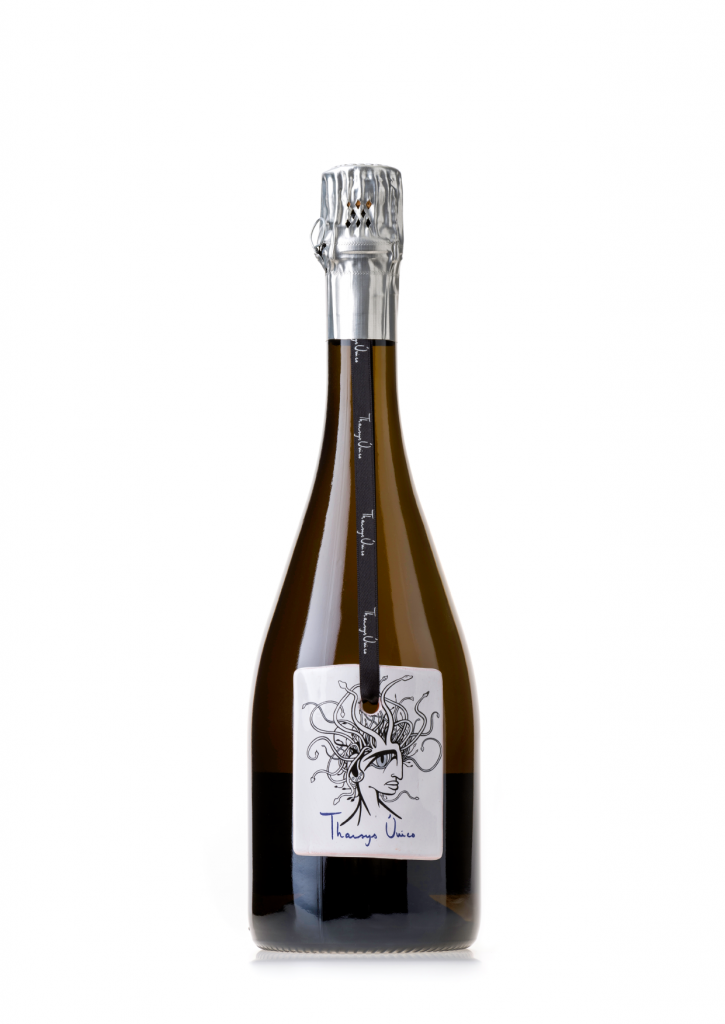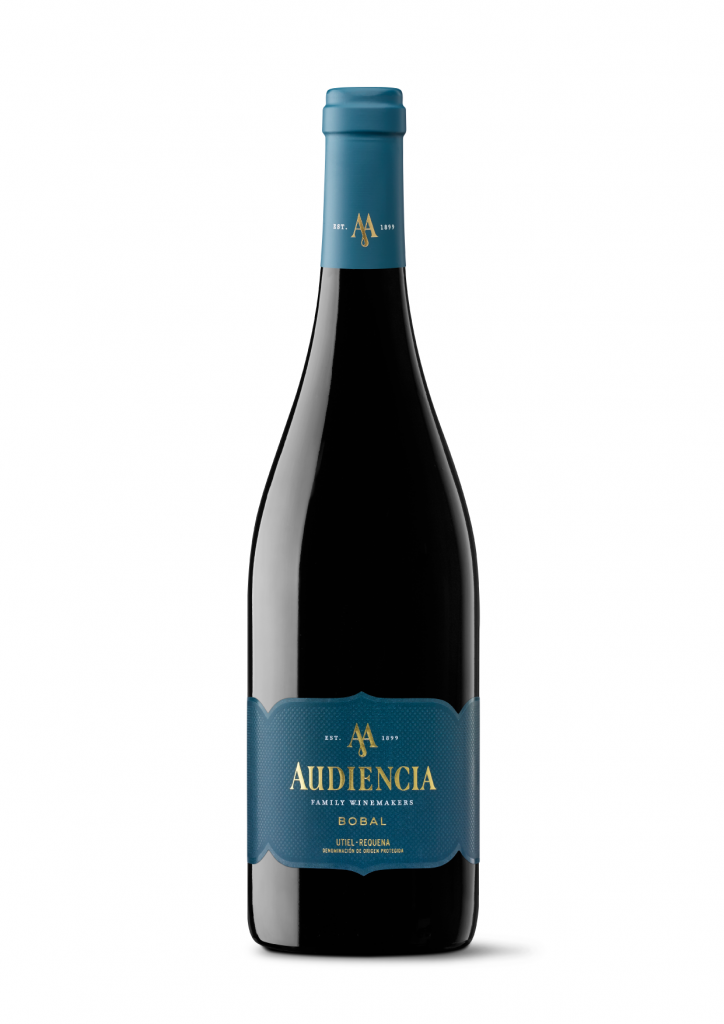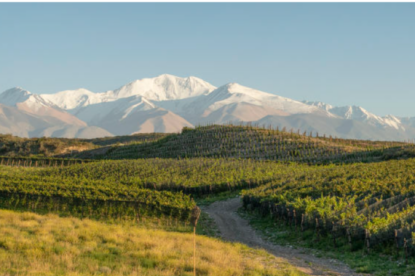Utiel-Requena DO, located just 43 miles from Valencia, can trace its winemaking history back 2,600 years. That much experience, coupled with a wave of new innovations and ideas, makes it one of Spain’s most exciting wine regions today.
The plateaued land of the DO sits at an average of 2,460 feet above sea level. Summers are hot and dry but winter temperatures can plummet; however, Utiel-Requena’s proximity to the Mediterranean Sea helps temper the extremes in climate.
With 80,475 acres of vineyards planted in the region’s clay and limestone soils, it is the largest DO in Valencian Community. Numerous Spanish and international varieties thrive in the terroir, such as Macabeo, Garnacha and Tempranillo. Numerous Spanish varieties, such as Tempranillo, thrive in the terroir, as well as international grapes like Syrah.
But no variety is more synonymous with the region than Bobal. Sixty-seven percent of wines produced come from this red grape and of that, 40 percent are sourced from old vines. The hallmarks of Bobal are wines with intense color, a full body, and structure, but freshness and finesse balance the power. As the world’s climate continues to change, Bobal is proving to be a resilient variety, able to withstand heat and drought. And because it thrives in conditions without humidity, such as those in Utiel-Requena, Bobal is easy to farm organically.
Start your exploration into this dynamic region with these 12 wines:

Vera de Estenas, Bobal de Estenas
Since its inception in 1945, Vera de Estanas has been focused on only estate wines from its 116 acres of vineyards. Vinification takes place in concrete tanks, then the wine is aged in both concrete and neutral American oak barrels. Ripe yet elegant, the Bobal is redolent of strawberries and plum, and polished tannins create a lovely texture.

Finca San Blas, La Senda Del Caballo
Out of the 1,668 acres that comprise this family estate, only 185 acres are under vine, and the surrounding forests, juniper berries, and herb bushes promote biodiversity on the property. La Senda del Caballo is a single vineyard, and this terroir-expressive wine highlights the rosemary and thyme found in the estate.

Aranleón, Món Bobal
Built in 1882, the property—formerly owned by the mayor of Utiel, the grandfather of the Spanish filmmaker Luis García Berlanga, and known as “Casa de la Viña”—is entering a new chapter thanks to its current owners, who took over in 2015. They revived the estate through organic farming while carefully tending to the pre-phylloxera, century-old Bobal vines. This varietal Bobal wine is concentrated and complex, with hints of lavender and minerals weaving throughout the red fruit aromas and flavors.

Grupo Coviñas, Veterum Bobal Viñas Viejas
Old vines are the calling card for Grupo Coviñas, a cooperative of ten producers. Fruit for this Bobal comes from vines with an average age of 80 years. These stately vines produce grapes with complexity and concentration and both those qualities shine through in this ripe and structured wine.

Domino de la Vega, Paraje Tornel
Founded over 40 years ago, Dominio de la Vega helped usher in a modern winemaking renaissance with their iterations of Bobal, both as still and sparkling wines. Grapes from 60-year-old vines are hand-harvested and after vinification are aged in French oak, resulting in a delicious red wine with notes of spice and herbs. A Wine Enthusiast Best Buy.

Pago de Tharsys, Tharsys Único
The estate’s 34.5 acres of organically farmed vineyards sit 2,559 feet above sea level, and the large diurnal shifts produce grapes with the ideal acidity for Pago de Tharsys’s sparkling wines. Following the traditional method, the wine spends 36 months on the lees, resulting in a creamy-textured and luscious sparkling wine with notes of apricot and toasted brioche.

Bodegas Vibe, Parsimonia
Bodegas Vibe, a family-run winery, is situated in El Azagador, a hamlet within the town of Requena. Their goal is to celebrate Bobal, and they craft terroir-expressive wines from their high-altitude, clay and soil vineyards. Parsimonia’s concentrated aromas of plum jam, blueberry, and mocha give way to a full-bodied and balanced wine.

BVC Bodegas, Toro Loco Superior Original
Through its long-term relationships with grape growers (some as long as 60 years), BVC Bodegas is able to obtain the best fruit from throughout Utiel-Requena for its Toro Loco wines. This certified organic wine is lively and juicy, and the addition of Tempranillo and Cabernet Sauvignon to the cuvée adds brightness and freshness.

Vegalfaro, Caprasia Bobal Anfora
Father-and-son duo Andrés and Rodolfo Valiente founded this bodega in 1999 and from the outset focused on organic viticulture. The 85-year-old bush vines grow in parcels with varying proportions of limestone and clay. True to the wine’s name, a percentage of Bobal is aged in clay amphora (the rest in used French oak barriques) and the result is a wine with notes of cherry, earth, and spice, along with soft, sweet tannins.

Marqués del Atrio, Audencia
The Rivero family can trace its history in Rioja back for generations, and in 1980 they went in search of new opportunities throughout the world. Utiel-Requena, and more specifically, Bobal, sparked their imaginations, both for its age-worthy qualities and distinctive character when aged in American oak. Audencia, a fresh and lively style, shows great structure due to Bobal’s inherently high tannins, plus the aromas of blackberry and strawberry.

Finca Cor Vi, Maloco
The Finca Cor Vi vineyard is located within the Natural Park of Hoces del Cabriel, a World Heritage Site. Formerly abandoned, the Coloma family rehabilitated the site and began producing this Maloco Bobal. The wine ages for six months in French oak followed by two months in clay eggs, which softens the ripe tannins and allows the cherry, blackberry, and black pepper notes to shine.

Chozas Carrascal, Anma Tinto
Chozas Carrascal started as a passion project for couple Julián López and María José Peidro and now the second generation is at the helm. They farm organically, ferment with native yeasts, and employ a wide range of vessels, from concrete tanks to French oak barrels from various cooperages, for their expressive wines. The Anma Tinto, a blend of Syrah and Grenache, offers another take on Utiel-Requena’s ability to produce elegant and structured wines beyond Bobal.

Last Updated: May 12, 2023













